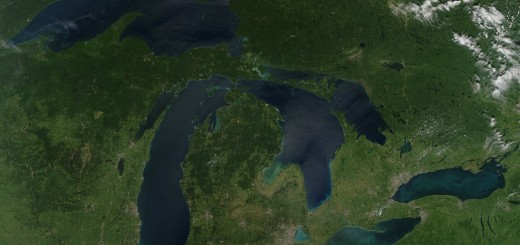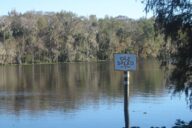Supreme Court will reconsider temporary closure of Chicago locks
0The Supreme Court will revisit a January decision on whether to close two Chicago locks temporarily as a preventative measure against Asian carp. The High Court is expected to reexamine the legal debate Friday during the justices’ private conference, reports the New York Times.
The lock closure would prevent the Asian carp from migrating from the Mississippi River into the Great Lakes. The court ruled against Michigan’s request to close the canal locks in January, but now justices will have new information from environmental DNA that indicates Asian carp may be north of the electric barrier in Lake Michigan.
The decision whether to close the locks has pitted Illinois’ shipping and boating industry against many environmental, Great Lakes fishing, and recreation interests. Ohio, Pennsylvania, New York, Minnesota, Wisconsin, and a number of environmental groups have filed briefs that support Michigan’s request for the Supreme Court to reconsider the case for temporary lock closure.
The $78.5 million federal plan to keep Asian carp from the Great Lakes announced last month included proposals for keeping locks along the waterways leading to Lake Michigan closed on a more long-term basis, and the U.S. Army Corps of Engineers is expected to make a decision about this by the end of the month. But Michigan officials say these efforts aren’t moving fast enough.
“I am discouraged that the actions identified in the Asian Carp Control Strategy Framework are not more aggressive,” Sen. Carl Levin (D-Mich.) said in a statement last month. “Agencies should be acting faster. Fish are not active in the winter months; however, if we wait until warmer weather to take action, it may be too late.”
Supreme Court to Reconsider Wading Into Asian Carp Fight [The New York Times] Statement for the Asian Carp Regional Coordinating Committee Meeting in Ypsilanti, MI [Senator Carl Levin’s Office] Image Credit: http://www.flickr.com/photos/ennuiislife/ / CC BY-NC 2.0












